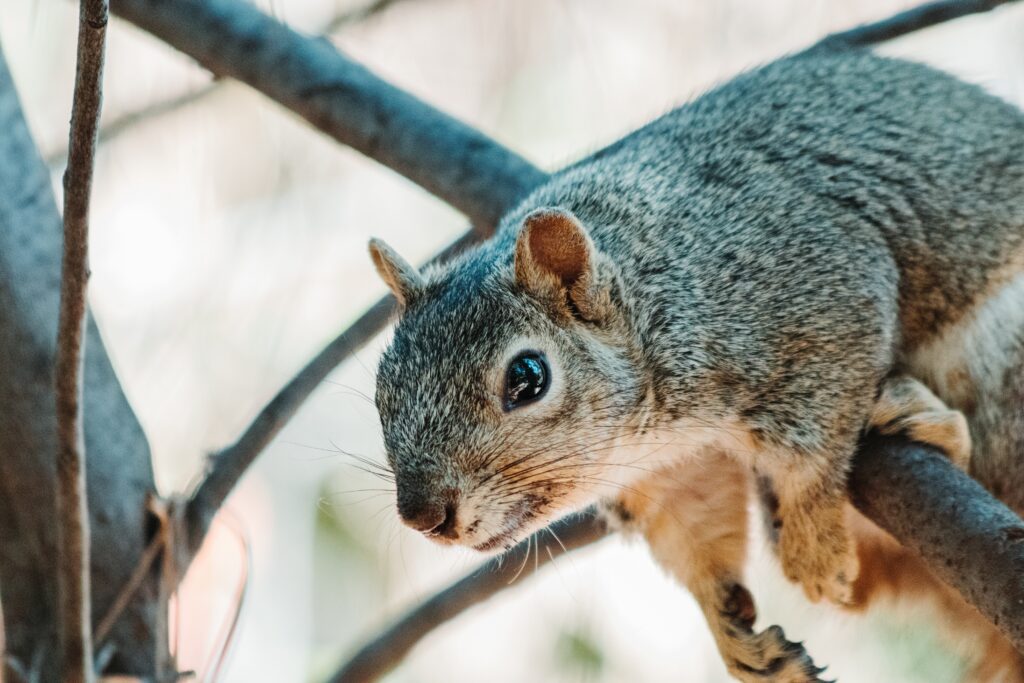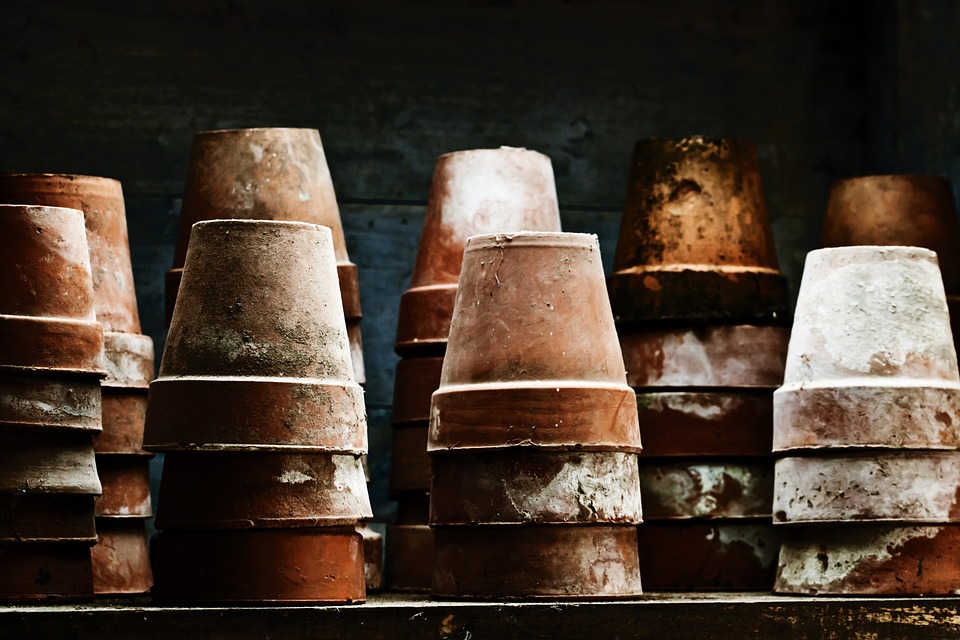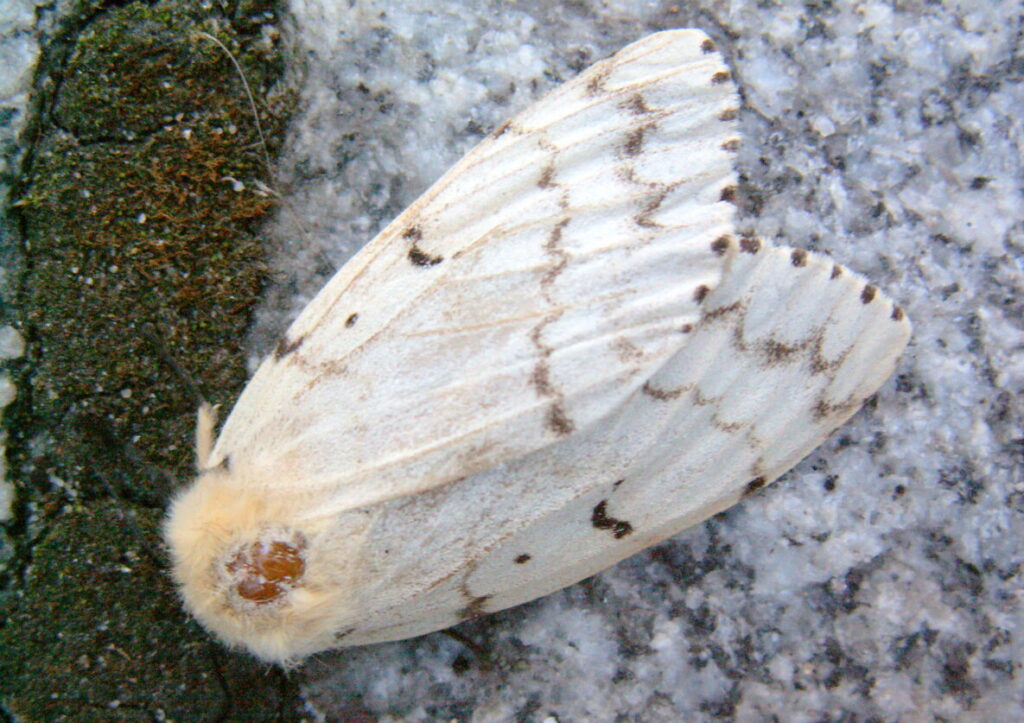
Its spring and tulips are in bloom everywhere. Everywhere, that is, except your garden. Last fall you bought the most beautiful bulbs, dug holes throughout your garden, and planted them 15-20 cm (6-8 inches) deep. Then you dreamed all winter about how their colourful blooms would cheer you after the months of snow and wind. But your tulips are gone, long gone. They were dug up by those crazy squirrels months ago.
Why Do Squirrels Dig Up Bulbs
Squirrels are eager to store food in fall for the long winter ahead and newly planted tulips are a favourite food source for them. Planting bulbs at their proper depth (15-20 cm or 6-8 inches) and firming the soil around the bulbs can make it harder for the squirrels to dig up bulbs. Cleaning up any residual tulip skin when planting will also avoid attracting squirrels. https://hortnews.extension.iastate.edu/faq/how-can-i-keep-squirrels-digging-newly-planted-tulip-bulbs
But how do we keep our bulbs safe from persistent thieving rodents? Unfortunately, there is no simple fix and thwarting squirrels often takes a number of different approaches. But I’ve got you covered. I dug up a basketful of ideas by polling our Master Gardeners on their techniques for seeing blooming bulbs in spring.
Don’t Attract Squirrels in the First Place

Photo by James Kampeis
The overwhelming approach for most of our Master Gardeners was to avoid attracting them to their yards in the first place. The spill from bird feeders not only attracts squirrels, but also mice, rats, voles and racoons. Before you start pulling those bird feeders down, consider changing your seed. “Safflower [seed] attracts doves, finches, sparrows, cardinals, downy woodpeckers, chickadees, grosbeaks and the occasional blue jay. It’s a favourite among cardinals and it’s often the main source of seed blends to attract those bright beauties,” says Darlene Davis. She noticed a 25% decline in the amount of squirrels in her garden after changing her seed. More information about attracting birds to your garden can be found here: https://londonmiddlesexmastergardeners.com/attracting-birds-to-your-garden-2/
Thwarting Squirrels
Now that there are fewer mouths to feed, scent can be a powerful way to deter rodents. “When planting tulips in the fall, sprinkle bloodmeal on top – they hate the smell. You need to put it on after it rains but it is fairly inexpensive and is also a good soil additive,” Julie Dorssers advises. Others tried spreading scented deterrents such as human hair, dog fur and my favourite, allium bulbs. Planting alliums amongst your tulips not only repels squirrels, but its gives your garden a pop of colour in May.
Aggressive squirrels need fortifications. Group tulips together and cover the area with chicken wire weighed down with bricks or another heavy object in fall. Remove the chicken wire in spring before growth begins.
Of course, not all of us want to have barricades of wire and bricks in our front beds. And for some of us, none of these methods will really keep our bulbs safe. With three horse chestnuts in her yard, Agnes Burroughs gave up on growing tulips 20 years ago “I grow beautiful daffodils instead”. Sandra Elfman adds hyacinths, alliums, snowdrops and muscari to the list of bulbs squirrels leave alone.
Working with Nature

Photo by Sherree Mahood
Sometimes working with nature can be the easiest way. Heather O’Shea admits that she spent 20 years hating squirrels, but it got her nowhere. Now she has changed her approach “Have you ever watched a squirrel bury something? They are hilarious to watch. They carefully gather the soil back up and pat it down all while looking over their shoulder to make sure no one is watching.”
As for those tulip bulbs, Sherree Mahood has sage advice “I have learned to co-exist with squirrels. It keeps me humble. I continue to plant tulips, but recognize they are jointly owned with the squirrels. It’s kind of fun to see how they rearrange my careful planning and where rogue plantings emerge. Pretty sure I have a couple of my neighbour’s tulips in my garden – I hope she has a few of mine in return.”
Thank you to the Master Gardeners of London Middlesex for their contributions to this article.
Feature Photo credit – Wooldrid Griffin





About The Author: Kim Nikkel
From kiwis to apples, Kimberly grows fruit holistically in her garden just outside of London, Ontario. One of her favourite parts of gardening is watching the bees poke their heads into the masses of flowers that surround her fruit trees.
More posts by Kim Nikkel